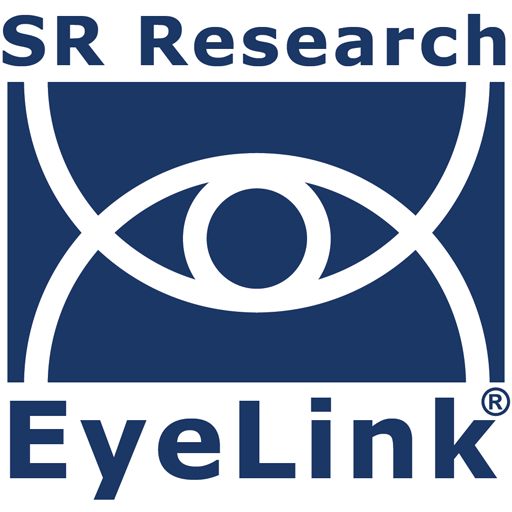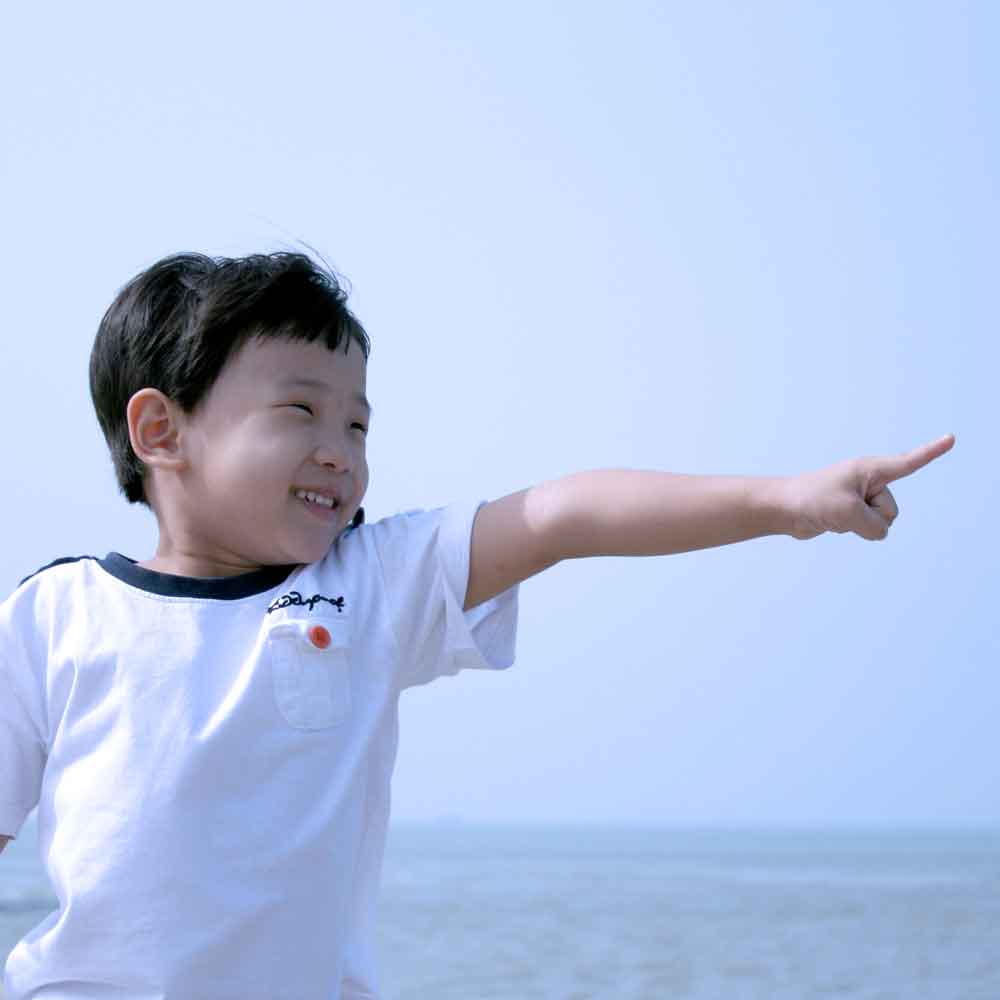
Eye tracking has become a vital tool in developmental research, offering a non-invasive window into the cognitive processes of infants and children. By measuring eye movements, researchers can infer what infants are paying attention to, how they process information, and how these abilities change over time. This methodology is crucial for understanding neurotypical as well as neurodiverse development, as it can be used with pre-verbal infants and young children who cannot articulate their thoughts.
EyeLink Eye Trackers in Developmental Research
The EyeLink 1000 Plus 和 EyeLink Portable Duo from SR Research are both powerful tools that are widely used in developmental research. The EyeLink 1000 Plus provides flexibility with its various mounting options, allowing infants to be tested while sitting on a parent’s lap. The EyeLink Portable Duo offers a quick and easy setup, ideal for research with toddlers and children, or collecting data in schools and nurseries. EyeLink eye trackers are recognized for their high sampling rates, exceptional accuracy, and quick recovery from data loss due to head movements, all of which are critical when working with young and often restless participants. Their outstanding data quality ensures that even subtle differences in gaze patterns can be reliably detected.
Eye tracking is used across many areas of infant, toddler, and child research, including:
- Language Acquisition: Researchers use eye tracking to determine how infants and toddlers connect spoken words to the correct objects in their environment, revealing the process of early vocabulary comprehension.
- Attention and Executive Function: Studies analyze a child’s ability to maintain focus on a task and resist looking at distractions, which measures the development of key cognitive skills like attention control.
- Learning and Memory: By tracking whether an infant looks longer at a new stimulus than a familiar one, scientists can create a non-verbal measure of their recognition memory and learning processes.
- Face and Emotion Perception: Eye tracking reveals how infants and children scan human faces, helping researchers understand the development of facial recognition and the ability to interpret emotional expressions in neurotypical and neurodiverse participants.
- Literacy and Reading Skills: For school-aged children, eye tracking is used to examine reading strategies and fluency by analyzing their gaze patterns as they move across text.
- Perceptual Abilities: This research investigates what infants can visually perceive, such as depth or color differences, by measuring their looking behavior in response to different visual events.
Case Study Examples of EyeLink Eye Trackers in Developmental Research
Software Integration with EyeLink Eye Trackers
The EyeLink systems seamlessly integrate with SR Research’s powerful software suite. Experiment Builder is a user-friendly graphical interface for creating a wide range of eye-tracking experiments, from simple preferential looking tasks to complex interactive paradigms. WebLink allows researchers to conduct remote, web-based eye-tracking studies, reaching a more diverse participant pool. Data Viewer provides a comprehensive set of tools for analyzing, visualizing and reporting eye-tracking data. In addition to this proprietary software, EyeLink eye trackers can also be integrated with a variety of third-party software, such as E-Prime, MATLAB, and PsychoPy, providing researchers with maximum flexibility.
Experiment Builder supports numerous research paradigms commonly used in infant and child research, and we have easy to adapt templates for many common tasks, including:
- Preferential Looking Tasks: This paradigm presents two competing visual stimuli side-by-side to measure an infant’s spontaneous preference or ability to discriminate between different images, such as faces or patterns.
- Habituation/Dishabituation Paradigm: An infant is repeatedly shown the same stimulus until they become bored (habituate) and then a new stimulus is introduced, which measures their ability to detect novelty and discriminate between different objects or categories.
- Visual Search Task: Children are asked to find a specific target object among various distractors, allowing researchers to understand the development of their attentional control and visual scanning efficiency.
- Gaze Following/Joint Attention Paradigm: This paradigm tracks whether an infant or child shifts their gaze to look at the same object that a person on-screen is looking at, which measures the emergence of crucial social-cognitive skills.
- Visual World Paradigm: While listening to language, a child’s eye movements are tracked across a relevant visual scene to measure their real-time language processing and comprehension.
Common Eye-Tracking Measures in Data Viewer
Data Viewer allows researchers to extract a wealth of information from their eye-tracking data. Common eye tracking measures reported in developmental research include:
- Total Looking Time: The full duration an infant spends looking at a stimulus is the most fundamental measure used to assess their interest, attention, and ability to discriminate between different sights or events.
- Proportion of Total Looking Time: This measure calculates the percentage of time an infant looks at one of two competing images to determine their visual preference and perceptual abilities without requiring any verbal response.
- Anticipatory Looking: The act of an infant shifting their gaze to a location where an event is expected to occur is measured to assess their learning, memory, and formation of expectations.
- Gaze Shifting Frequency: The rate at which an infant alternates their gaze between different stimuli is measured to understand their comparative processing and attentional flexibility.
- Pupil Dilation: Changes in an infant’s pupil size are measured to provide a non-verbal index of their cognitive effort, surprise, or emotional arousal in response to a stimulus.
- Scan Path Analysis: The sequence of an infant’s eye movements across a stimulus, like a face, is analyzed to reveal their visual exploration strategies and what features they find most important.
- Time to Disengage: This metric records how long it takes an infant to shift their attention away from one stimulus to look at another, measuring their attentional control and flexibility.
The combination of high-quality hardware and sophisticated software makes EyeLink eye trackers the perfect choice for developmental psychologists looking to publish cutting edge eye tracking research.
For information regarding how SR Research products can help your research, please contact us. We are happy to help! To see peer-reviewed published research with EyeLink eye trackers, see our list of over 13,000 publications or our sample of case studies.






